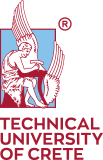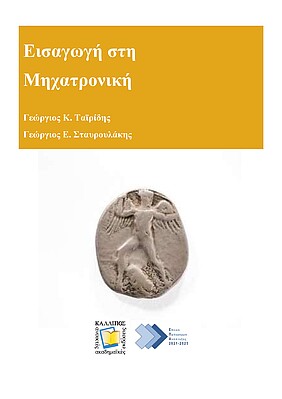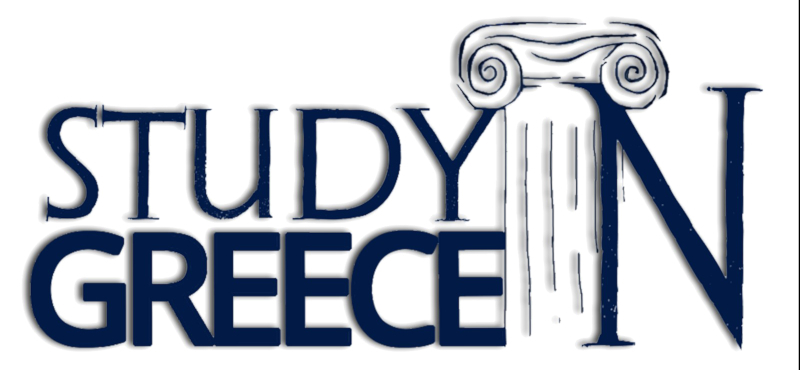Kallipos Open Academic Editions, 2024
http://dx.doi.org/10.57713/kallipos-318
This textbook contains introductory knowledge and concepts related to the subject of mechatronics. Mechatronics, as an interdisciplinary area, relies on knowledge of mechanics and dynamics, control, electronics and utilizes available technology to design integrated complex, intelligent systems. The material presented has been limited to some useful knowledge and the presentation of illustrative applications, hoping that this will help the reader to seek more information in the sources and proceed with the development of his/her own application. Most of the steps presented are completed by programs in MATLAB and some in Simulink. It is hoped that this information will be of substantial help and stimulus to the reader to use the material available and to extend it. This book is not only addressed to electrical or electronic engineers and IT engineers, but to engineers of all specialties and for this reason the concepts are presented in a way that is as simple and concise as possible and often through solved examples. The following items are presented in the book. After a brief introduction into mechatronics n Chapter 1, examples of sensors and actuators are presented in Chapters 2 and 3 respectively. Analog systems with reference to electrical circuits are presented in Chapter 4. Elements of digital logic design in Chapter 5. Elements of dynamics of mechanisms and structures are presented in Chapter 6. Details from classical control systems are given in Chapter 7. Artificial intelligence techniques are discussed in Chapter 8. Fuzzy and neurofuzzy control techniques used subsequently to study mechatronic structures are presented in Chapter 9. Concrete examples showing the application of passive and active control in mechanisms and structures are presented in Chapters 10, 11 and 12. Finally, the programs and simulation software that accompany the book are briefly presented in Chapter 13.
Reviewer: Antonios Gasterato, Professor, D.U.Th., Linguistic Editor: Vasiliki Tiraidi, Graphic Editor: Moustani Evagelia
The book has been prepared with the help of: Georgia Foutsitzi, Professor, University of Ioannina, Georgios Drosopoulos, Lecturer, University of Central Lancashire, U.K., Dr. Magdalene Marinaki, Special Teaching Staff, T.U.C., Dr. Nikos Kaminakis, QCell, Dr. Konstantinos Marakakis, IKTEO Chanion, Dr. Ioannis Ntintakis, Lecturer, H.M.U., Dr. Panagiotis Koutsianitis, Halcor, PhD cand. Maria-Stella Daraki, Demosthenes Savvakis and Dimitris Pentaris, students of T.U.C. and Mrs Thalia Stimadoraki-Tairidi.















